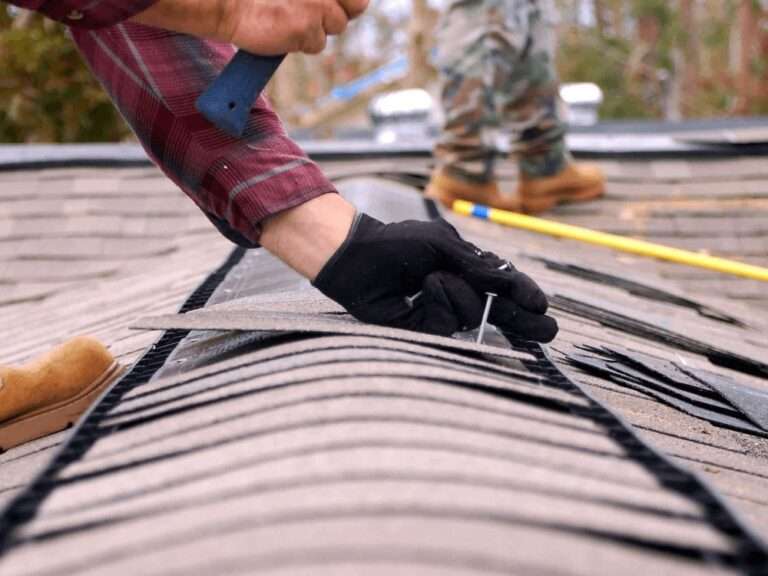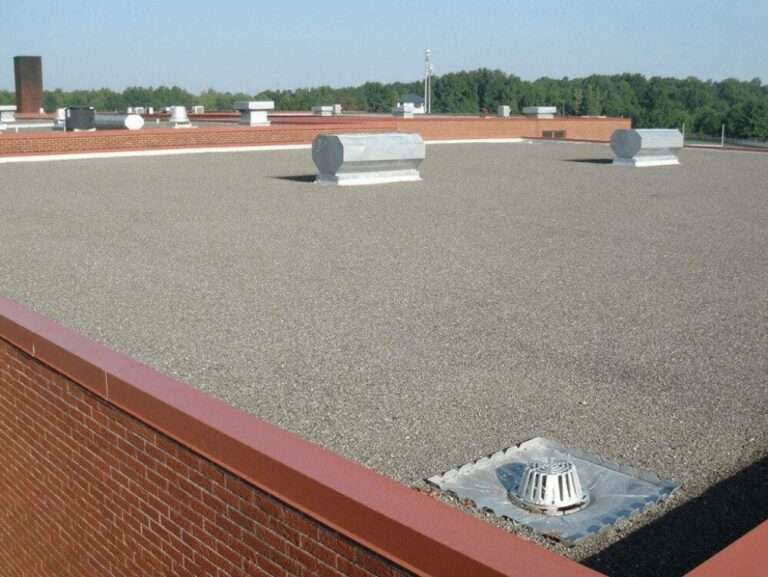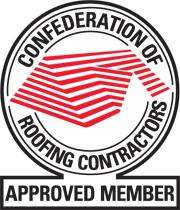Comparing Flat vs. Pitched Roofs: Which is Better for Your London Home?
Which Roof is Best for Your London Home? Comparing Flat and Pitched Roofs
Roofing in London, often requires homeowners to choose between flat or pitched roofs. Each has its own pros and cons making the best choice dependent on such factors as weather patterns, architecture, budgetary constraints and personal preferences. This article provides a comprehensive comparison of flat vs. pitched roofs in order for you to know which one is better for your home in London.
Knowing More about Flat Roofs
Features and Design
Flat roofs usually have very low slopes ranging approximately from 1-10 degrees. They are not completely horizontal but have gentle slope that facilitates run-off of water from them. It is widely used in contemporary architectural designs as well as commercial buildings.
Pros of Flat Roofs
- Cost Effectiveness: Available at lower cost, flat roof installation generally requires lesser materials and labor compared to pitch roofs.
- Easy Maintenance: So many tasks like cleaning gutters, checking for damages or getting solar panels fixed are simpler when done on a levelled roof unlike on the sloping roofs.
- Utilization of Space: Some more usable space can be obtained out of flat roof; it may be turned into a rooftop garden, terrace or even additional living space.
Cons of Flat Roofs
- Drainage Problems: Despite having a slight incline, water collection becomes easier on this type of roofing therefore one has to take good care of it so that leaks do not occur leading to damage by moisture.
- Shorter Lifespan: The life of this kind of roof tends to be shorter than that one associated with slanted ones which means frequent repair works and replacements might be sought after.
- Thermal Insulation: Flat roofing sometimes fails as an effective insulation material hence contributing to higher energy costs due to heating and cooling processes in houses.
Understanding Pitched Roofs
Characteristics and Design
Pitch angles on slanted roofs usually vary from 20 to 60 degrees. This is a traditional design of residential buildings which is often associated with classical, beautiful appearances of homes.
Pros of Pitched Roofs
- Great Drainage: When it comes to efficient water runoff, pitched roofs are far ahead of the flat roofs as this saves homeowners from leaks and water damage.
- Lasting Performance: Compared to flats, the durability aspects and life spans of these structures are higher. They can withstand harsh weather conditions better, including heavy rain and snow.
- Improved Insulation: The structure of pitch roofings allows for better insulation thus maintaining a uniform room temperature throughout the year that helps in reducing energy bills.
Cons of Pitched Roofs
- Higher Cost: Higher costs are incurred when installing a raised ceiling because more material has to be used as well as it being labor-intensive and technically complicated.
- Maintenance Issues: It could be dangerous getting onto such kind of roofing for maintenance works since it may require an expert especially when there is need to access areas at the roof’s top side that are difficult to reach or see by ordinary people.
- Design Constraints: The steep angle limits how useful the loft or upper floors can be inside houses having slanted rooftops above them.
Comparing Flat versus Pitched Roof in London’s Climate
The choice between flat versus pitched roofs in London is largely determined by the weather patterns experienced in this region characterized by frequent rains coupled with moderate temperatures.
Weather Variables
- Rainfall: Due to their superior drainage characteristics, gabled roofs have an edge over their contemporary alternatives found in London where it always drizzles. While repairs for sealing against standing water will be necessary on levelled surfaces like that one common on industrial premises or apartment blocks.
- Snowfall: Snow is not that common in London but pitched roofs can better handle snow loads reducing the risk of structural strain and harm.
- Wind: Both flat and pitched roofs may be designed to resist high winds, but overall, pitched roofs may fare better because they are more aerodynamic.
Energy Efficiency
When it comes to energy efficiency, pitched roofs often outperform flat roofs due to their ability to accommodate thicker insulation layers as well as facilitate ventilation. This could be essential in cutting down on heating and cooling costs making them a sustainable option in the end.
Aesthetic and Architectural Impact
Similarly, the choice between a flat or a sloping roof has significant aesthetic and architectural implications for any house design.
Flat Roof Aesthetics
A contemporary look is one of the hallmarks of a flat roof which lends itself perfectly for such designs. They offer a sleek appearance with sharp lines and can be utilized for different rooftop activities like green roofing or outdoor living spaces.
Pitched Roof Aesthetics
On the other hand, there are traditional aesthetics associated with pitch roofing. They add personality and appeal to an individual’s home; sometimes raising its marketability. There is wider range of choices like gables, dormers, various roofing materials that can be chosen according to personal preferences.
Practical Considerations
Installation and Repair Costs
- Flat Roofs: In general cheaper to install or repair compared to other types of roofs hence very popular among cost-conscious individuals.
- Pitched Roofs: The higher installation costs are attributed to complicated construction processes and increased material requirements nevertheless this can be offset by long-term savings in terms of maintenance expenses as well as energy efficiency required from such houses.
Longevity and Durability
- Flat Roofs: The average lifespan ranges between 10-20 years depending on materials used during construction as well as quality of care given thus requiring frequent repair.
- Pitched Roofs: Proper maintenance can make them last for about 20 to over 50 years. Moreover, materials such as metal and slate are very ideal in prolonging this span of time.
Usable Space
- Flat Roofs: They provide additional usable space that can be used creatively for gardens, terraces or solar panels.
- Pitched Roofs: Although they decrease the roof’s usability, it often creates attic space for storage or even living areas when converted.
Environmental Impact
But while flat roofs and pitched roofs may both incorporate some green aspect in their design, their environmental implications are different.
Green Roofs and Solar Panels
- Flat Roofs: Suitable for green roofing that improves insulation, lessens stormwater runoff and enhances biodiversity; also excellent for solar panel placement.
- Pitched Roofs: For maximal energy production, those with southern slopes are the best placement for solar panels on these kinds of roofs.
Materials and Lifespan
- Flat Roofs: These materials frequently include bitumen or rubber which may possess some environmental drawbacks. Their short lifespan leads to more frequent replacements and wastages in general.
- Pitched Roofs: Normally made from durable materials like tile, slates or metals which have longer useful lives thus can be better environmentally due to fewer replacements being required.
Making the Right Choice for Your London Home
Overall, whether you choose a flat roof or one that is sloping depends on your specific requirements, tastes, conditions among other factors unique to your London home. These pointers will help you make an informed choice:
- Budget: If you have a tight budget, then a flat roof may be more affordable, but consider the long-term expenses of having to take care of it and make it energy efficient.
- Aesthetics: What style of architecture does my house have and which type of roofing will match with it most?
- Usable Space: How do you plan on using the space on your roof or under it? A flat roof is perfect for someone who wants to put up a rooftop garden or terrace while a pitched roof may be better if one needs additional attic storage or living space.
- Climate: Though proper maintenance can make a flat roof viable, London’s wet weather makes pitched roofs preferable due to their effective draining capacity.
- Sustainability: Consider the environmental impact that this decision will have. However, both flat and pitched roofs can be eco-friendly when designed accordingly.
Conclusion
Choosing between a flat and pitched roof for your London home involves weighing various factors, including cost, maintenance, durability, aesthetics, and environmental impact. For instance whereas the former provide modern appeal and more usable space; the latter offer improved drainage facilities as well as increased lifespan in addition to saving energy . So by taking into account what specifically meets your preferences and needs you could end up with an elegant residence that is quite functional too.








